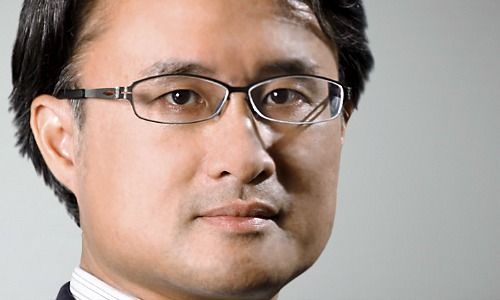China’s NPC 2017: Making Solid Progress
China’s visible progress with its reform agenda and reaffirmation of key policy targets and initiatives at this year’s National People’s Congress bode well for the country’s most competitive and industry-leading corporations, says Mike Shiao at Invesco.
China was largely on track with its policy targets in 2016. The economy grew 6.7 percent, while making progress in reducing overcapacity and financial risks.
At the annual National People’s Congress (NPC), Chinese Premier Li Keqiang recently announced key economic growth targets and major reform initiatives that build on the progress made last year and will help China achieve stable growth and become a «moderately prosperous» society by 2020 – a vision laid down in 2015’s 13th 5-Year Plan.
Progress Already Visible
Keqiang reaffirmed the government’s key focus on addressing overcapacity, reining in leverage and reducing taxes to benefit private sector enterprises.
According to Mike Shiao, Chief Investment Officer, Asia ex Japan at Invesco, progress is already visible, especially in supply-side reforms, with certain industries such as coal and steel running ahead of their capacity reduction targets. Looking ahead, further fine-tuning in growth rates is expected to allow room for the Chinese government to proceed with key reform issues.
Full Alert on the Build-up of Financial Risks
Shiao is encouraged to see the NPC issue a full alert on the build-up of financial risks, including risks related to non-performing assets, bond defaults, shadow banking, and internet financing. «We believe policy tightening in the financial industry is a long-term positive to rein in irrational credit growth,» he says. «In our view, the current total debt level is not sustainable over the long term.»
Promote Social Stability
While he considers a financial crisis unlikely as the regulator’s latest banking industry data point to no immediate stress, he warns that the current stable NPL level of 1.7 percent could face upward pressure over time.
On the tax front, the Chinese government plans to use continuous GDP growth to expand the scope of income tax incentives for micro-enterprises and to increase the R&D tax deduction for small and medium enterprises. This should help promote social stability while working towards the goals of the 13th 5-Year Plan.
Abundant Opportunities
With the economy on a solid footing, the Chinese government has room to deepen reforms to achieve further de-risking and social stability, Shiao notes.
«On the back of the government’s efforts, Chinese companies showing industry leadership and having strong competitive advantages will be the ones likely to succeed. As bottom-up investors, we believe investment opportunities in China are abundant but it pays to be selective,» he says.






















